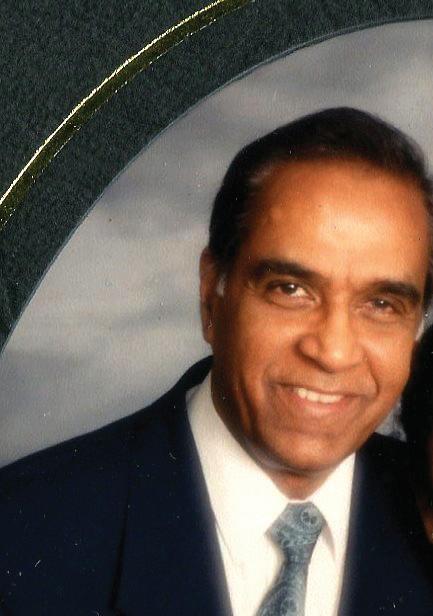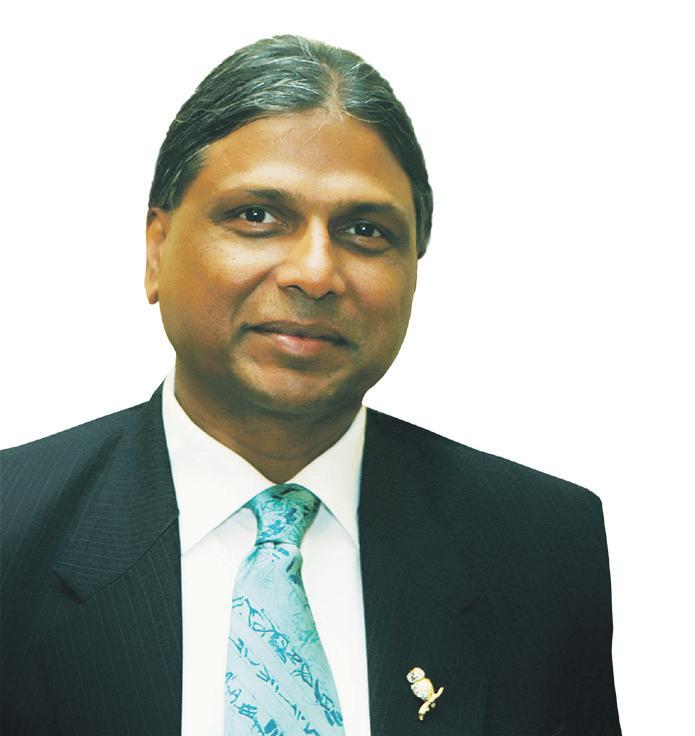
4 minute read
Missing piece in the panel
from 2012-10 Sydney (1)
by Indian Link
China featured predominantly in an important discussion forum
BY LP AYER
Typically, the OzAsia Festival is not just a cultural feast for the eyes and ears or mouth-watering multi-ethnic cuisine. There is serious food for thought as well, in the form a panel discussion on a topic relating to the region, and a keynote address by a prominent personality.
This year’s topic for the panel discussion was ‘Preparing Australians for the Asian century’. The five panellists included eminent people from various fields such as retail business, arts, politics, industry and literature with excellent track records in their own field, besides close links with other countries in the Asian region. Moderated by Douglas Gautier, CEO and Artistic Director Adelaide Festival Centre, the panel consisted of Penny Wong, Minister for Finance; Carillo Gantner, President of the Melbourne Festival Board; Sidney Myer, chairman of Asialink and director of a number of companies including the Myer family company; Hieu Van Le, Lt Governor and Chairman of SA Multi-Cultural and Ethnic Affairs Commission; Marty Evans, Santos Vice President, Asia Pacific; and Alison Carroll, founding director of Asialink and author of a number of books on Asian arts. An impressive array of personalities indeed!
Almost every one of them has had strong links with one or two Asian countries. Penny Wong, we all know, came from Malaysia when she was just 8; Gantner was Counsellor (Cultural) at the Australian Embassy in Beijing and later a member of the AustraliaChina Council; Sidney Myer lived and worked in Malaysia; Hieu Van Le, the much respected Lt. Governor, was one of the first ‘boat people’ from Vietnam; Martyn Evans has worked in several Asian countries for Santos; and the moderator Douglas Gautier was Deputy Executive Director of the Hong Kong Tourism Board. So all of them had excellent knowledge of their respective patches.
But hang on! Is there something amiss? The OzAsia festival was widely promoted as having its focus on India. But there was not a single person on the panel with close links to India or who could speak on things Indian with authority! The organisers deserve full praise for presenting so many programmes from the diverse Indian cultural canvas. But it is somewhat intriguing how they slipped up in an important arena where serious exchange of information takes place.
The moderator put some excellent questions to the panel ranging from education, culture, arts and trade. Almost all of the panellists emphasised the importance of educational institutions here teaching Asian languages, and Australian students choosing to learn at least one language (read Chinese). It was also said that in order to get closer to Asia, we needed to go beyond learning the language and gain an understanding of the culture. If I understood the tone of the remarks of the panellists it was, ‘all the way with China’. If I remember correct, in the ‘70s and early ‘80s, the emphasis was on Japan. It was the richest Asian nation then, and the largest trading partner. Now the gear has shifted to Beijing. The one who pays the piper calls the tunes?
I sharpened my ears to hear the word India at least once. Yes, it was mentioned. And only once. Alison Carroll pointed out that the Australia Council funding in Performing Arts for various cultural exchange programmes for various countries had greatly declined for India in the past few years, whereas Korea and Japan scored very well.
The hour-long discussion was followed by a Q&A session for about half an hour, and I returned home still puzzled over the missing piece. Or was it sour grapes?
However, the final day of the customary Moon Lantern events had a fair share of Indian participation with various groups including Indian Australian Association, Guru Nanak Society, Mudra Academy and Kalalaya among others, performing colourful dances on the river banks. In spite of inclement weather, over 20,000 people enjoyed the dances and the dishes from ethnic food stalls.
Keynote speech
The keynote speaker this year was Prof. Amareswar Galla, and his talk was titled, ‘More than meets the eye: Safeguarding intangible heritage – Asian Australian perspectives’. Amar Galla can truly be called a world citizen; he migrated from India and lived in Australia for 25 years working as a professor at the University of Queensland and ANU. He then worked in South Africa for five years and is now living in Denmark, directing the International Institute for the Inclusive Museum in Copenhagen, while also functioning as Professor of World Heritage and Sustainable Development at the University of Split in Croatia.
Prof Galla led a National Affirmative Action programme for the participation of Aboriginal and Torres Straits Island peoples in Australian museums and galleries. He has directed similar projects in Canada, US, Brazil, Vietnam, India China, Norway and several island states.

With such incredible credentials, he seemed a good choice to deliver the keynote address. The main theme of Prof Galla’s address was that heritage is not limited to mere physical objects but to include intangibles like activities and traditions inherited from ancestors and transmitted to dependants through the spoken word. His question was, with so many ethnic communities now living in Australia, how do we acknowledge and engage with the intangible heritage of so many rich cultures. And how do we also recognise the first Australians, our indigenous people, and reflect in our sense of place the company of both the original culture and subsequent cultures that have arrived on our shores.
Prof Galla made mention of a forum he attended in Adelaide in 1989 that put arts and culture into the landmark ‘National Agenda for a Multicultural Australia’ launched by the then Prime Minister, Bob Hawke.
Through a slideshow he took the audience along the journey he has travelled to various parts of the world, in his efforts to preserve and promote the intangible heritage of local peoples.









